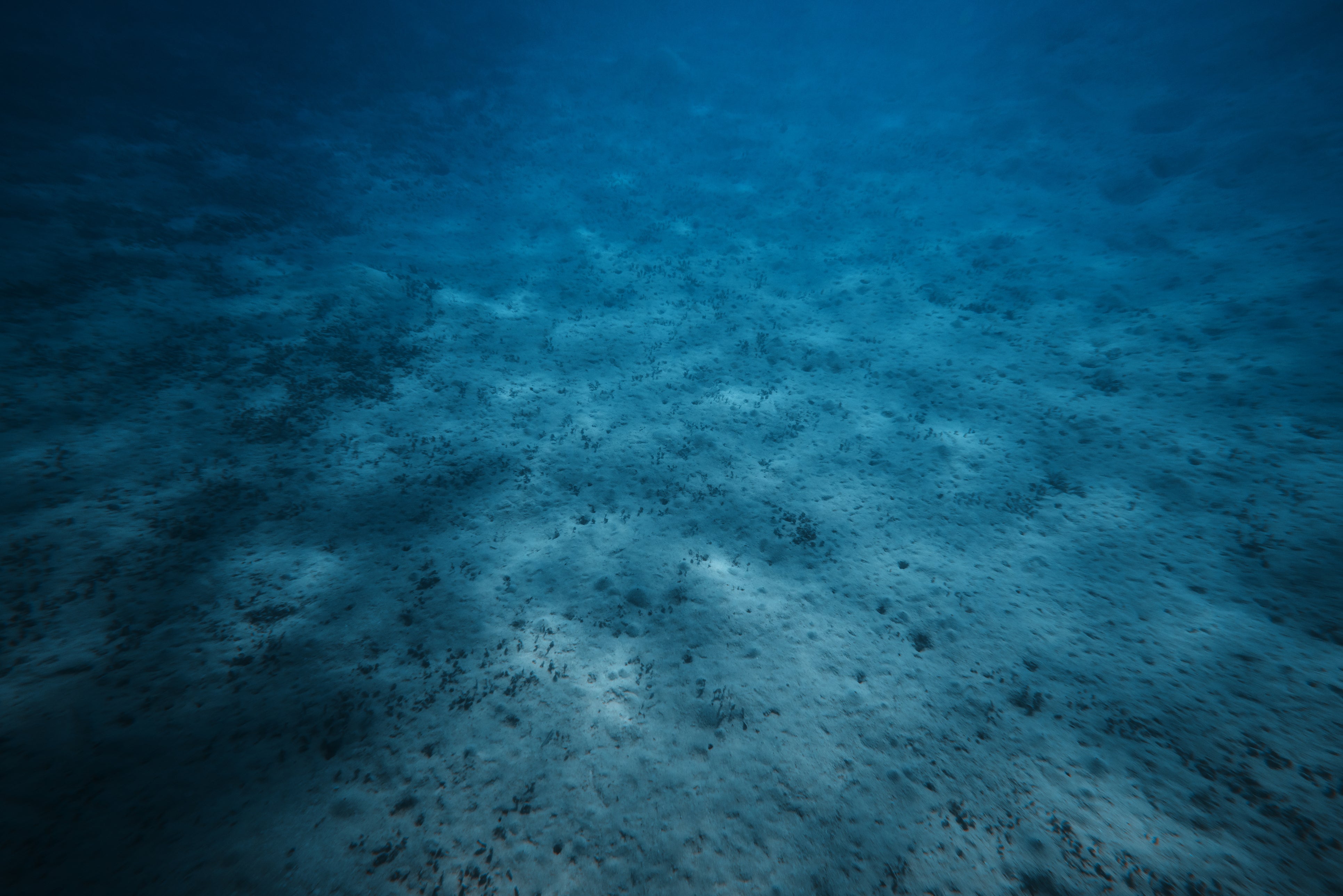What is the ocean floor made of, and why are some clouds flat on top?
We explore the curious questions that science can answer

What is the ocean floor made of, and how thick is it?
The crust beneath the ocean differs from the crust beneath land in several ways: it is thinner, denser, younger and made in different ways. Both have rocks made up of the same minerals, just in slightly different proportions. The crust contains silicon, aluminium, iron, magnesium, calcium, sodium and potassium oxides – just like any other rock. However, the oceanic crust is only about four miles thick.
Why do you get lines of flint in chalk cliffs?
Flints are made of an insoluble sort of silica (silicon dioxide, in chemical terms), which is also sometimes called chert. Flint and chert commonly grow as lumps and nodules in limestones, and chalk is just a rather fine-grained, pure sort of limestone. The groundwaters present in buried rocks have a small amount of silica dissolved in them, which gets precipitated out as very fine crystals that amass in the lumps. The same groundwaters tend to dissolve holes in the chalk. Together, these processes mean that as fast as a bit of chalk is dissolved out, flint is deposited to fill the gap.
What is the biggest volcano?
The island of Hawaii is probably the largest volcano on Earth. The distance from its base (on the floor of the Pacific Ocean) to the summit of Mauna Kea (about 13,000ft high) is some 30,000ft – greater than the height of Everest.
Do tectonic events on one side of the Earth create geographical features on the other side?
Broadly, no. Seismic waves do travel through the Earth’s crust and mantle, often great distances, but there is no evidence that they are strong enough to create a new geographical feature. Recent observational evidence also suggests this could not happen.
Earthquakes regularly occur at exactly the opposite side of the Earth to seismic stations (for example in Tamanrasset, Africa, and in Bogota, Colombia) but the instruments record no unusual ground motion.
Since they are sensitive to displacements of the order of thousandths of a millimetre, there is no observational evidence that permanent features could be formed halfway round the Earth.
What is a pingo?
A pingo is an ice-cored hill, typically conical in shape, growing and persisting only in permafrost. The word is of Inuit (Eskimo) origin and was first used by the botanist AE Porsild in 1938 to describe the ice-cored hills typical of the Mackenzie Delta in northwest Canada. Pingos range in height from a few to several tens of metres. The greatest concentration – about 1,450 of them – occurs in the Tuktoyaktuk area, east of the present Mackenzie Delta.
Pingos grow through the force of the freezing of water, which is moving due to a pressure gradient to the site that becomes the pingo. Some types typically form in recently drained lake basins or channels.
Why are some clouds flat on top?
Cumulus clouds form when heat from the Earth (warmed by the sun) causes convection in the lower atmosphere. The development and height of cumulus clouds will partly depend on the amount of convection, which is linked to the amount of heating. Strong convection leads to higher cloud tops.
Very often the atmosphere above the Earth will be layered and this means that winds may be stronger at greater altitudes. If the tops of a cumulus cloud reach a zone where wind speeds are greater than lower down, the tops can be sheared in the direction of the prevailing wind. This is called a castellate texture.
Join our commenting forum
Join thought-provoking conversations, follow other Independent readers and see their replies
Comments
Bookmark popover
Removed from bookmarks